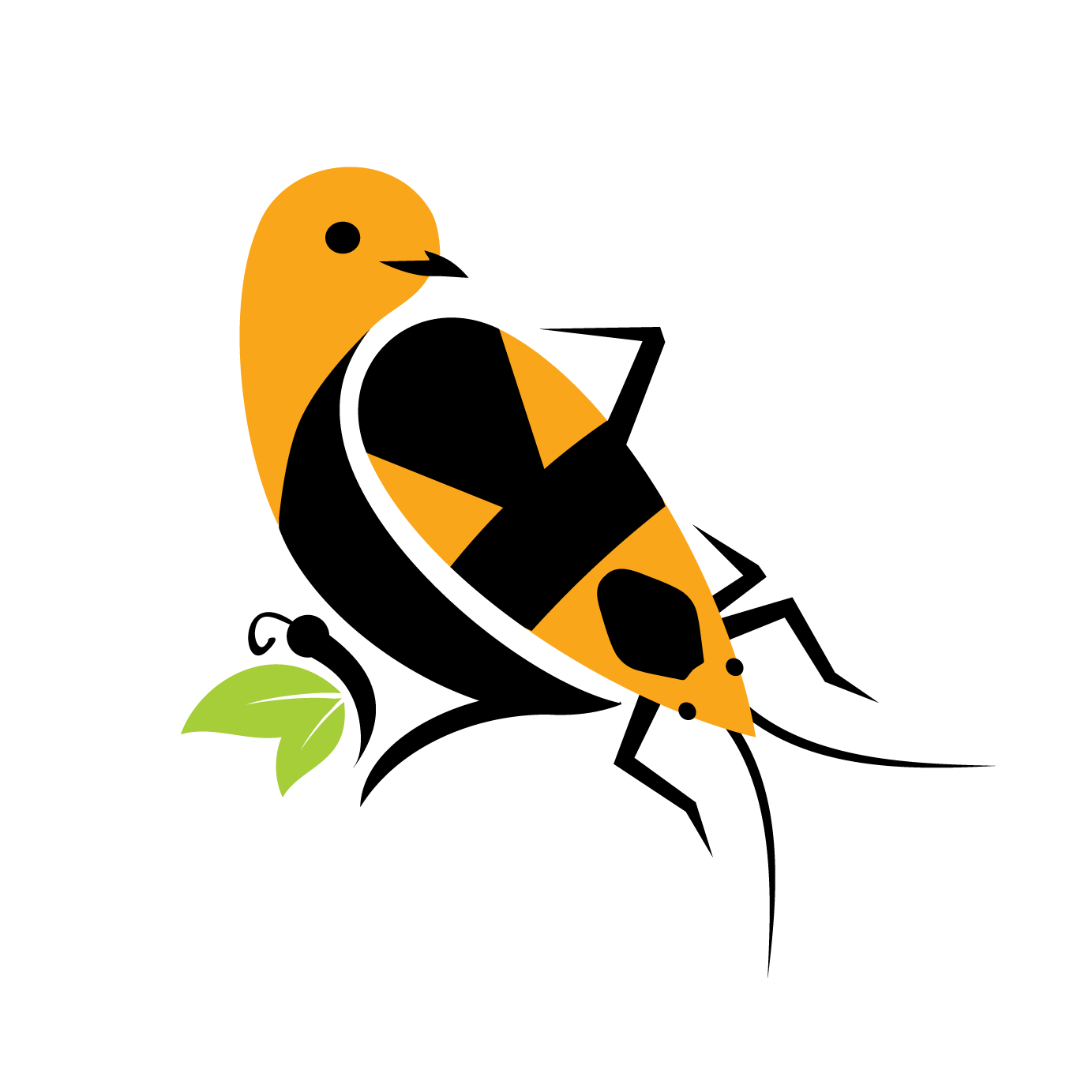Image © Alfonso Aceves
Colour change and masquerade in Peppered moths (Biston betularia)
My research with John Skelhorn aims to understand both the evolutionary function, and the evolutionary dynamics of masquerade; to demonstrate that prey show behavioural adaptations that enhance the efficacy of masquerade; and to understand predators’ decisions to attack masquerading prey in an optimal foraging context.
With Ilik Saccheri we investigate how peppered moth caterpillars perceive their environment and change colour to match their body colour to the twig colour of their food plant.
Publications
Rowland, H.M., Burriss, R.P. & Skelhorn, J. The antipredator benefits of postural camouflage in peppered moth caterpillars. Sci Rep 10, 21654 (2020). https://doi.org/10.1038/s41598-020-78686-4
Eacock, A., Rowland, H.M., van’t Hof, A.E. et al. Adaptive colour change and background choice behaviour in peppered moth caterpillars is mediated by extraocular photoreception. Commun Biol 2, 286 (2019). https://doi.org/10.1038/s42003-019-0502-7
Eacock, A., Rowland, H. M., Edmonds, N., & Saccheri, I. J. (2017). Colour change of twig-mimicking peppered moth larvae is a continuous reaction norm that increases camouflage against avian predators. PeerJ — the Journal of Life and Environmental Sciences, 5. doi:10.7717/peerj.3999
Skelhorn, J., Rowland, H. M., Speed, M. P., & Ruxton, G. D. (2010). Masquerade: camouflage without crypsis. Science, 327(5961), 51-51.
Image © Alfonso Aceves


